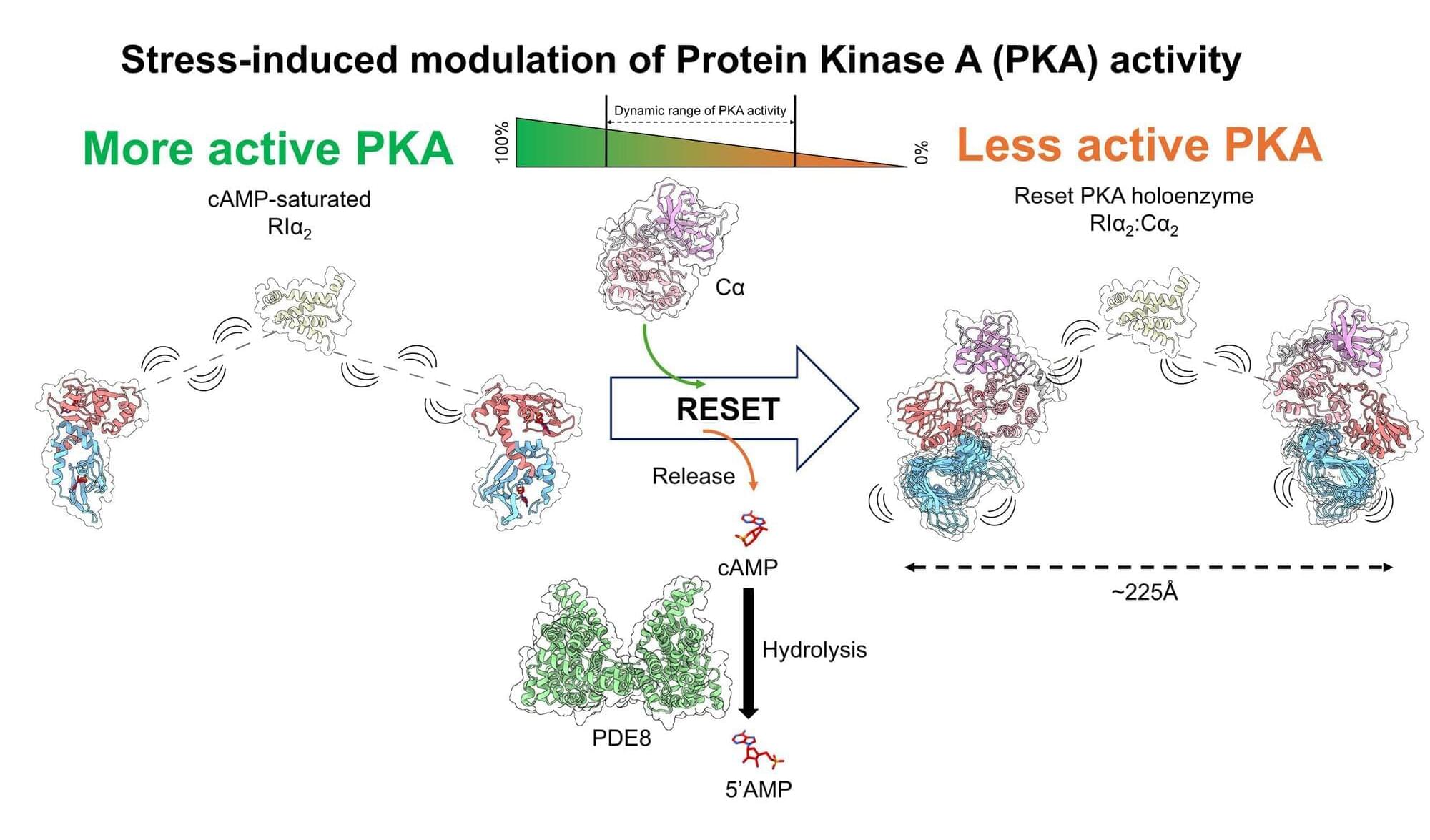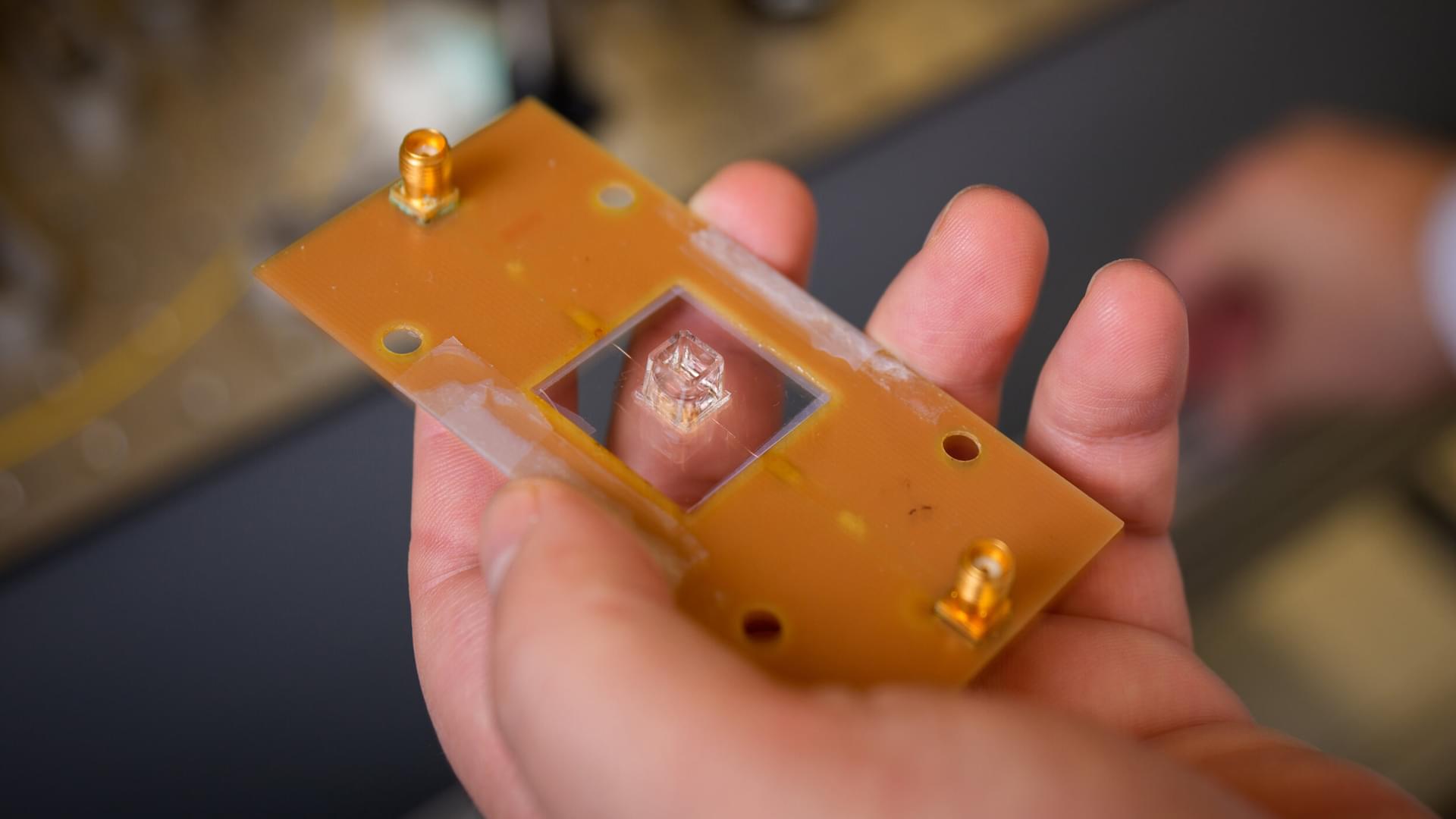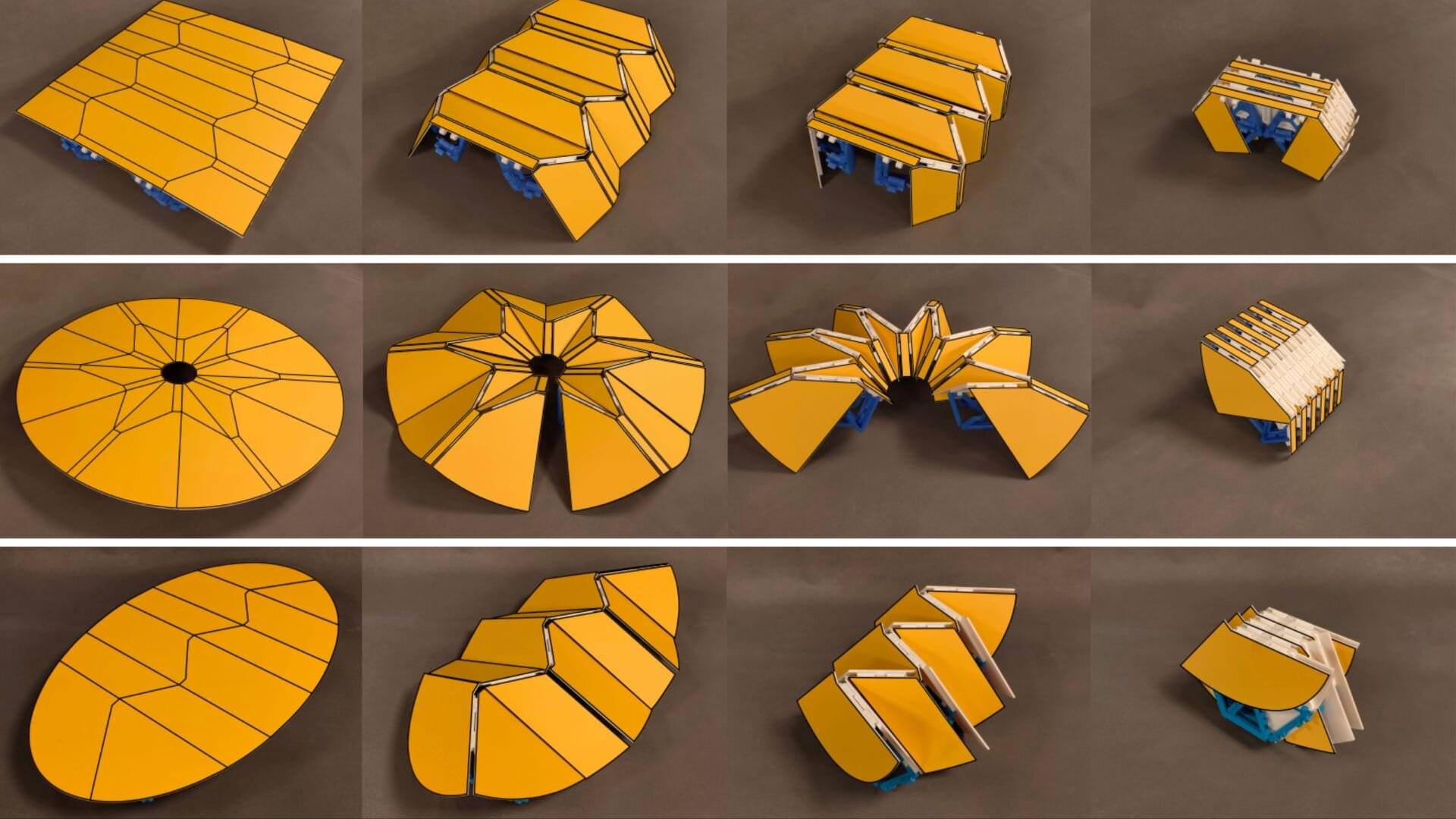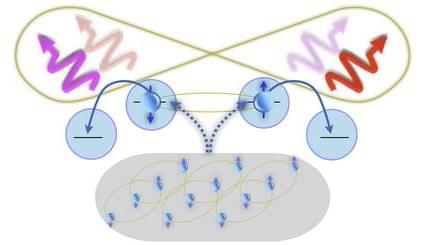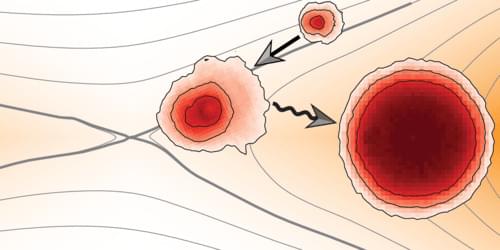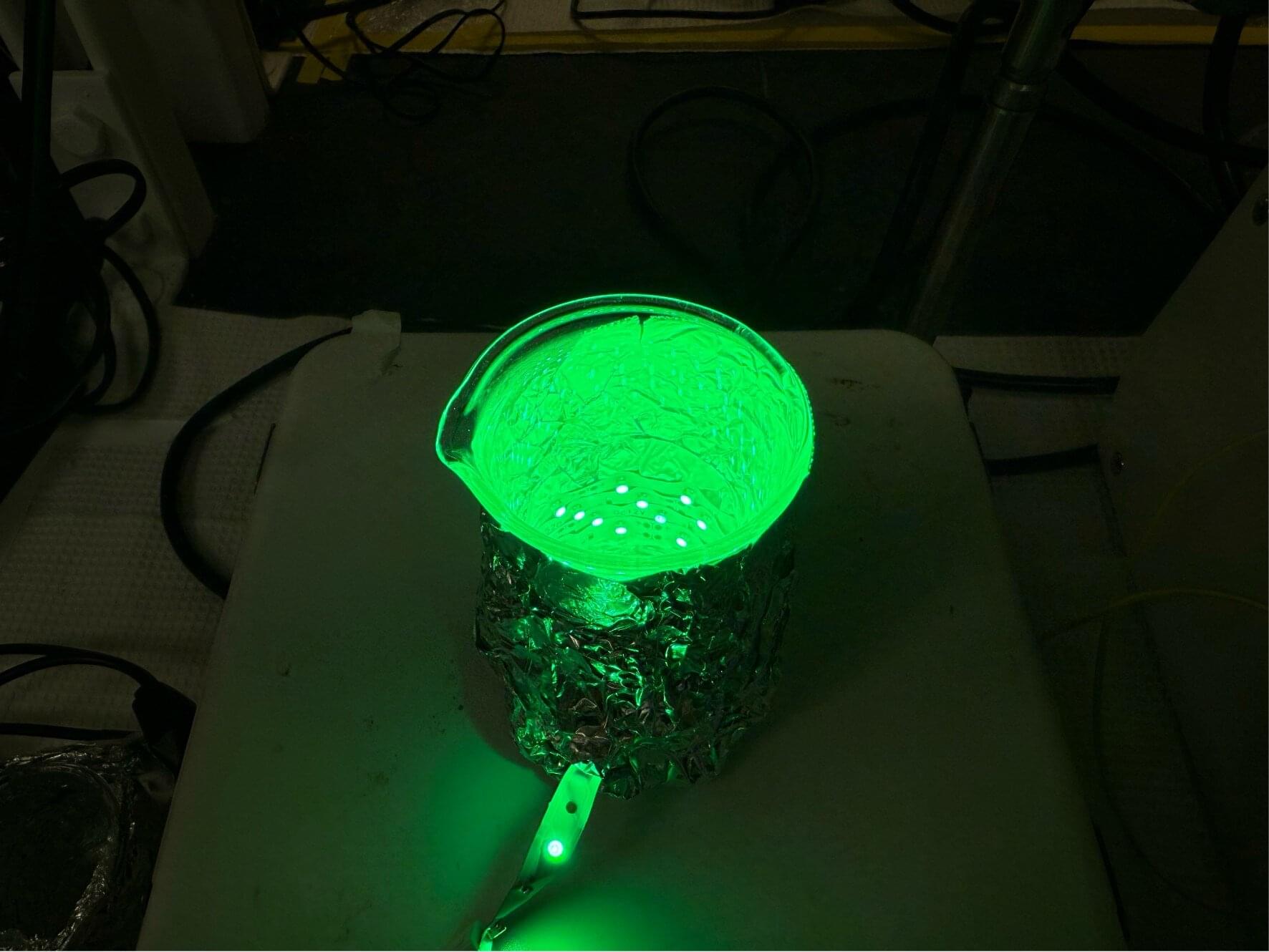Being cut off in traffic, giving a presentation or missing a meal can all trigger a suite of physiological changes that allow the body to react swiftly to stress or starvation. Critical to this “fight-or-flight” or stress response is a molecular cycle that results in the activation of protein kinase A (PKA), a protein involved in everything from metabolism to memory formation. Now, a study by researchers at Penn State has revealed how this cycle resets between stressful events, so the body is prepared to take on new challenges.
The details of this reset mechanism, uncovered through a combination of imaging, structural and biochemical techniques, are published in the Journal of the American Chemical Society.
“Some of the early changes in the fight-or-flight response include the release of hormones, like adrenaline from stress or glucagon from starvation,” said Ganesh Anand, associate professor of chemistry and of biochemistry and molecular biology in the Penn State Eberly College of Science and lead author of the paper.
